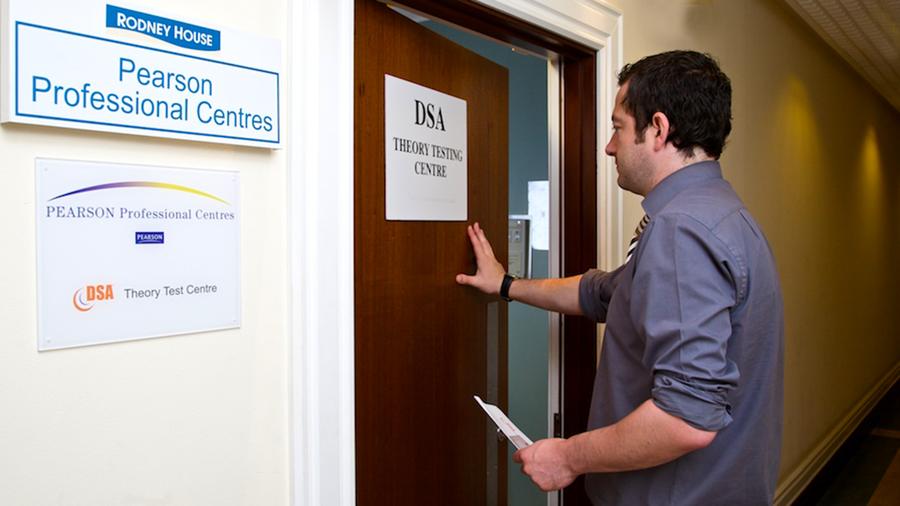

In particular he wants to reduce the high level of accidents involving drivers who have just passed their test. Until the 1970s, drivers were tested on hand signals I don't think you can say that about the driving test - it has got quite a bit harder," he says.īut Mr King thinks that there should be a further evolution of the driving test - with more training for drivers after they have passed their test. "It's not like A-levels where people complain that it's got easier over time. And that rigorous testing has helped to reduce deaths and injuries on the roads.Įdmund King of the RAC Foundation agrees that the driving test really has become more difficult. The Driving Standards Agency, which is in charge of tests, says 32 million people in the UK currently hold driving licences. The figures for last year showed 1.3m candidates took the test - and only 43% passed, the lowest proportion on record. In the 1960s, the pass rate dipped below the 50% mark - and in the current decade, the numbers passing have slumped to an all-time low. In the first year of tests, there were about a quarter of a million candidates - and almost two-thirds of them passed. Not only has the test become more complicated, fewer people are passing. More modern additions to the test have included a theory test, introduced in 1996, a "hazard perception" test in 2002 and questions about vehicle safety and maintenance in September 2003. There were twice as many road deaths in the 1930s as at present These were only withdrawn from the test in 1975. There were no seat-belts to fasten - they didn't appear until the 1950s and were not compulsory in the front seats until 1983.Īnd rather than a Star Trek dashboard of controls and switches, there were tests in arm signals out of the window. The decade also saw safety glass being made compulsory for windscreens - after "terrible injuries" had been caused by accidents involving cars with ordinary glass in their windows.īut there were still major differences from anyone taking a test today.
UK DRIVING TEST HISTORY CODE
In an attempt to regulate this rush of traffic, the early 1930s saw a flurry of safety measures.Īlong with the compulsory driving test (fee 10 shillings), the Highway Code was published for the first time, drivers had to be aged at least 17, Belisha beacons were set up on pedestrian crossings, "cat's eyes" were invented and learner drivers were required to put up L-plates. And there were more than 7,000 road deaths per year - about twice the present level, when traffic levels are 12 times higher. In the early 1930s, there had been a 50% increase in cars on the road, up to 1.5 million. The introduction of compulsory tests in Britain came at a time when car ownership and fatal accidents were rising sharply and causing public concern. Mr Ambrose grabbed the steering wheel and they went through a hedge, with only pride injured.Īlthough driving tests have become a set-piece for sit-coms, they have had a very serious impact on road safety - and were credited with reducing road deaths by a thousand in their first year. Although he could still remember the lay-out of the Hillman Minx in which, during a test, a candidate drove straight towards an oncoming lorry.

UK DRIVING TEST HISTORY DRIVER
There were other test-day disasters where the driver locked the keys in the car.īut crashes on driving tests were rare, he said. But he seemed "awestruck" to find that the test wasn't going to be much use without a car. "Possibly he came by bus," he speculated. Now a road safety adviser to the BSM driving school, he says that on another occasion a candidate arrived at the testing centre without a car. And they couldn't find it, or else by the time they did manage to find it so much time had elapsed that it was too late." "You might say to them, 'perhaps you could show me where your car is parked'. Mike Ambrose, former registrar of the Register of Approved Driving Instructors and test examiner, says that among the most unusual failures were candidates who couldn't find their car after they'd arrived at the test centre. Most people fail the test, but some have failed more spectacularly than others. This week marks the 70th anniversary of the driving test - and since that first test, taken by a Mr Beene, there have been 87 million nervous test entrants trying to show that they are safe to take to the streets. How badly can you fail a driving test? How about not being able to remember where you parked your car? Drive time: The number of driving tests peaked in the 1960s


 0 kommentar(er)
0 kommentar(er)
